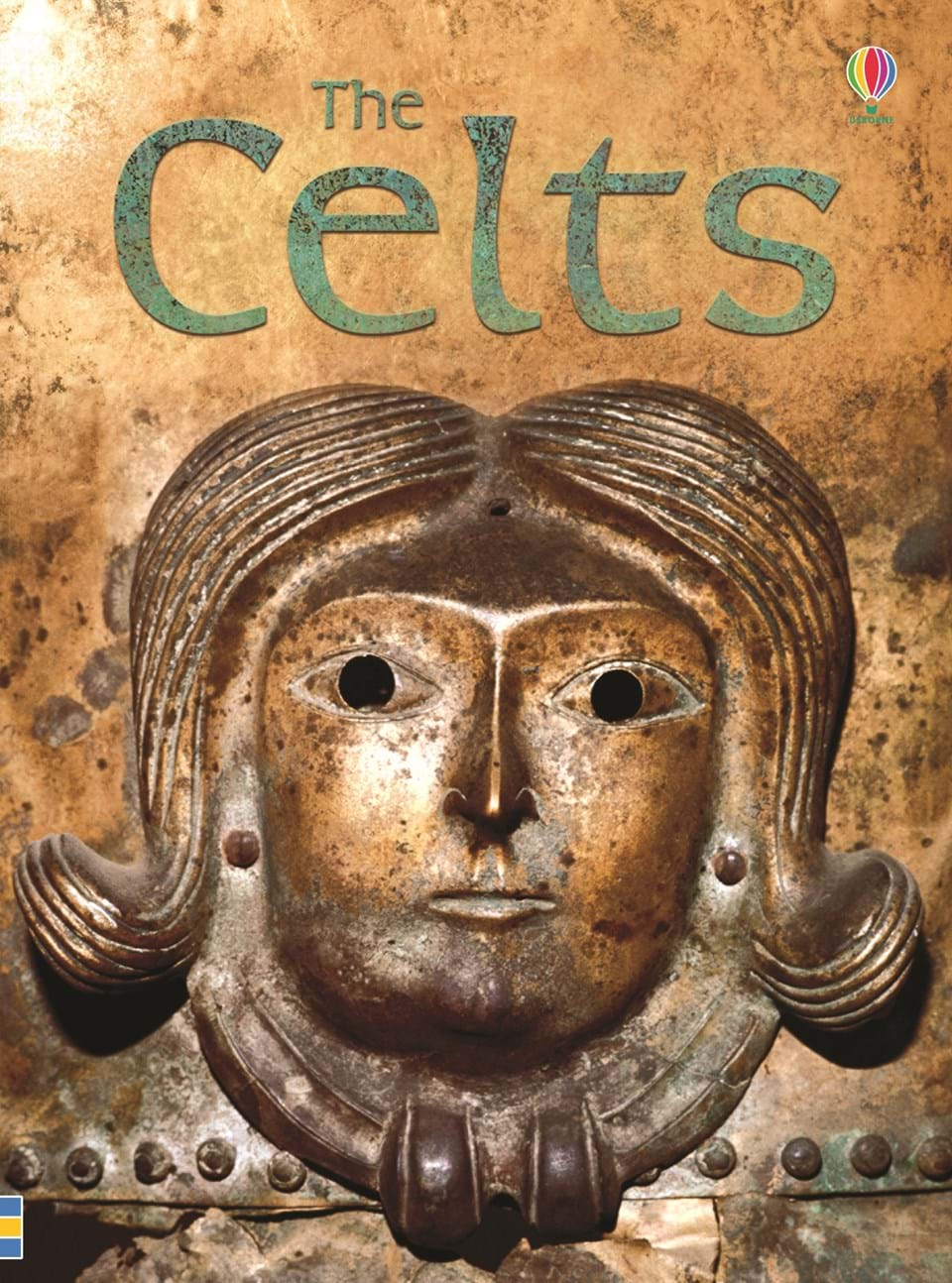Camelot to Christ - Legend And Reality
Edward T. Wimberley, Ph.D.
The five-part BBC Film Series, The Celts, (2001) explores the origins and beliefs of the Celts in artifacts and human remains across Europe. What emerges is not a portrait of wild people on the western fringes of Europe, but a highly sophisticated tribal culture that influenced vast areas of the ancient world - and even Rome.
Episode four of The Celts - "From Camelot to Chirst" - chronicles he slow collapse of the Roman Empire and the arrival of new cultures which threatened the Celts. The program claims that the British king, Vortigern, invited the Anglo Saxons into Britain to help fight the Picts but they betrayed his trust and gradually took over the island.
Episode five -"Legend and Reality" - describes how from the 8th century onwards the Celts were hammered by invasions by the Vikings and then the Normans. Following the Reformation in the 16th century, Celtic communities in Wales, Ireland and Brittany were marginalised in the push for political and religious unity in England and France.
Video:
- The Celts: Episode 4: "From Camelot to Christ," and
- Eisode 5: "Legend and Reality."
Readings:
- Overview of the History of Celts;
- A Brief History of the Celts by Peter B. Ellis (Chapters 1-3),
- Evolution of the Celts (Maps)
Study Questions:
- At the end of the Roman Empire, Gaul (modern Spain and parts of France) became "romanized" - all but the region of Brittany. What was special about this region and what happened there?
- Hadrian's wall in Britain is a boundary between two regions, one to the north and the other to the south. How did those regions differ?
- Who were the Picts and where did they come from?
- Caledonia was a region in Northern Britain beyond Roman rule. Where did the inhabitants of this region come from and what other country were they most closely allied with?
- What does the film have to say about the story of King Arthur?
- Who were the Angles and the Saxons?
